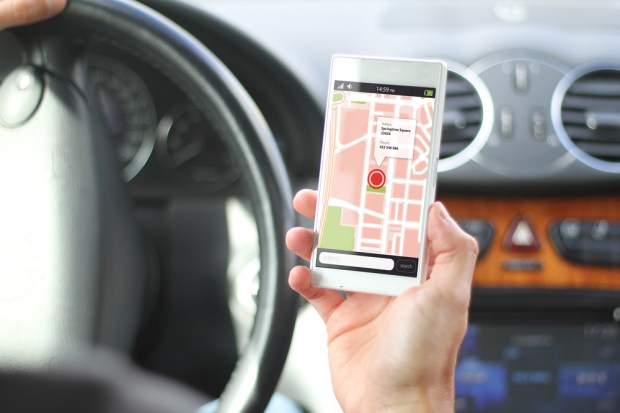The Race For Ridesharing Might Be One To Watch

The race is on among entrepreneurs to grab a car, grab an app, grab a rider or two and launch a ridesharing company. No angel investors required. Economists predict competition among copycat Ubers and Lyfts that could upend the transportation industry.
What do you get if you add a decked-out car, an iPhone with an app and someone who needs to go somewhere? A readymade ridesharing business that’s a guaranteed cash cow — at least, according to Reuters. That’s right, no buildings required, no infrastructure, no fixed costs.
The car rental industry needs some words of assurance right about now because their businesses may go by the wayside once mobile apps and car technology ignite — if they haven’t already. That car-sharing services, such as those provided by Lyft and Uber, will provide a pot of gold for entrepreneurs is not under contention if you read recent economist opinions. But what is a bone of contention is whether the estimated $40 billion market will be shared by three main players or 10.
An example of some of the shenanigans starting to play out in this hot-to-trot space is Didi Chuxing’s acquisition of Uber Technologies Incorporated in China. At the time, Bill Gurley, a board member of Uber, suggested that rivals would struggle to compete with Uber. Managing Partner at GGV Capital Hans Tung also stated: “After China, the industry will consolidate in other markets. There will be a dominant number one.”
But economists interviewed by Reuters see the market differently. The ridesharing business model is one with few barriers to entry. Conventional industries typically require huge capital outlays in infrastructure and to cover fixed costs, such as office space, equipment and skilled manpower. A single player with sufficient capital can dominate, particularly once economies of scale apply.
Conversely, ridesharing services require little initial outlay. Contract labor is convenient and requires limited training other than the ability to use a handheld device and download an app. Even the ability to drive will be nixed from the job description if GM and their autonomous vehicles have their way.
While initial investors to Uber seven years ago were attracted to the company’s seeming dominance in the rideshare space, that is all beginning to change. Uber is now being challenged by Lyft and other newer startups in the U.S., Grab in Southeast Asia and Ola in India.
Uber is shrugging off the competition by saying: “The ridesharing industry around the world is highly competitive and innovative. That’s good for riders.” Gurley is placating investors and pundits, arguing that a serious competitor would need to differentiate its services by offering, for example, more luxury and high-end services.
Lyft, which, according to Reuters, has explored M&A options with several companies, is confident that it can compete with Uber. Lyft has tripled its number of drivers and, within eight months, doubled its annual gross revenue. And who knows how far consolidation could lift Lyft?
Even with 315,000 drivers compared to Uber’s 1.5 million, Lyft has reduced its rider wait time to three minutes, within spitting distance of Uber’s wait time, according to John Zimmer, president of Lyft.
“You need a certain level of scale to get to three minutes … Once you reach that, if someone else has more scale, it doesn’t matter,” said Zimmer, referring to the number of drivers and passengers an operation has.
Juno in New York, which launched this year, has also achieved a three-minute wait time with 12,000 drivers, according to Talmon Marco, CEO and cofounder.
It gets better for the likes of Lyft, too. According to economists, economies of scale are possible with only a small market share. Experts suggest that Lyft can be profitable with just 20 percent market share, which the company claims it already has.
According to Stephen Margolis, economist at North Carolina State University: “An electric company, by comparison, would need massive scale to achieve enough efficiency to allow for profits.”
So, if capital outlay is not an obstacle for startups and scaling is achievable, how are the big guns holding off the rapidly approaching startup onslaught?
Subsidies. The market leaders have been subsidizing drivers and passengers to grab market share while sacrificing profits. Now, that might count out the entrepreneur with limited funding. According to Daniel Ramot, CEO and cofounder of Via: “Everything that has happened in this space is completely artificial and funded by a glut of VC money.”
And this burgeoning car-share war is about to become even more interesting. Autonomous vehicles are already taking driver subsidies out of the equation. Mind you, if the rate at which the consumer has adopted mobile wallet technology is anything to go by, Uber and company might have to pay the passenger to jump into a car with no driver.
